Why is there a webcam orbiting Mars?
We often refer to VMC as the ‘Mars Webcam’ since the images it takes are comparable in resolution and colour depth to those of a standard home webcam that you would have bought from your local PC store back in 2003 when the spacecraft was launched.
However don’t let the Webcam tag fool you! It’s a serious piece of kit with a very real engineering purpose.
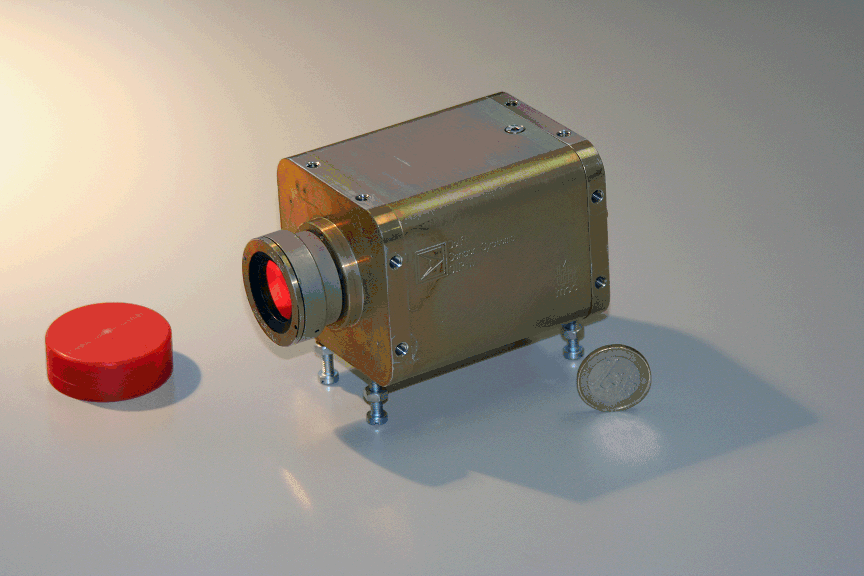 That purpose is to help overcome one of the challenges faced when flying spacecraft: we can’t actually see them.
That purpose is to help overcome one of the challenges faced when flying spacecraft: we can’t actually see them.
We overcome this problem by having huge amounts of telemetry data transmitted back to us here on Earth to give us details about what every component on board the spacecraft is doing.
However, this telemetry is in effect just numbers on our computer screens that come from the sensors all over the spacecraft.
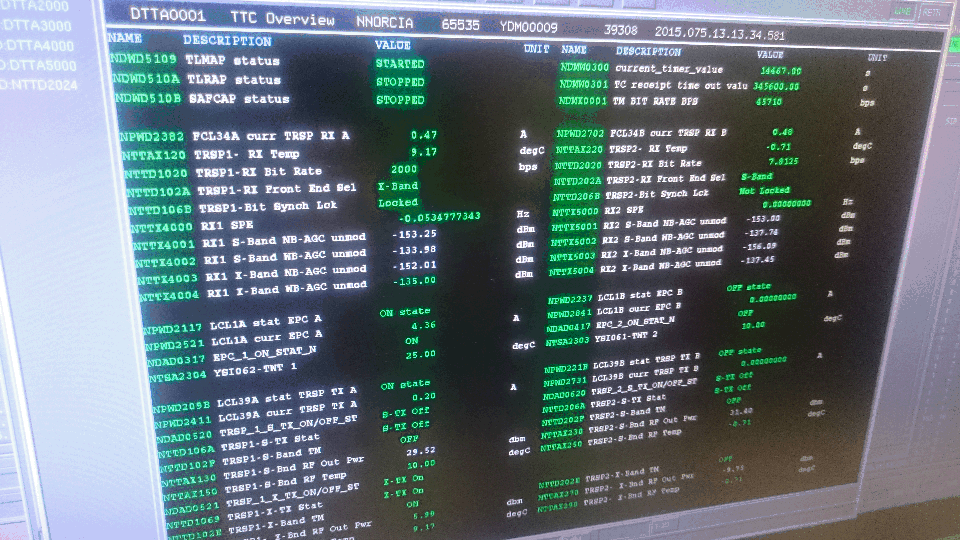 For example, if we were to command the solar arrays to turn, we can say that we can ‘see the arrays turning’. What we really mean is that on the mission control system computer screen, we can see that the parameters that correspond to readings from sensors on the solar array drive motors reporting that the voltage going to the motors is changing, and that the power being consumed by the motors is changing. Finally, we can see that the power being generated by the arrays themselves is also changing. The changing numbers on the screen are all we have to go on.
For example, if we were to command the solar arrays to turn, we can say that we can ‘see the arrays turning’. What we really mean is that on the mission control system computer screen, we can see that the parameters that correspond to readings from sensors on the solar array drive motors reporting that the voltage going to the motors is changing, and that the power being consumed by the motors is changing. Finally, we can see that the power being generated by the arrays themselves is also changing. The changing numbers on the screen are all we have to go on.
This is a limitation we accept as part of sending things out into space and operating them remotely. It also shows why the telemetry sent back to the mission control centre is so vital to understanding what the spacecraft is actually doing.
However, there are occasions on some missions where an activity considered so critical that telemetry alone is not enough, we need to be able to really see – visually – what is going on so we can be sure it has worked correctly, or if there is a problem, to be able to see what has happened to enable us to try and fix it.
This is where cameras like VMC come in. Indeed, the clue is in the name: VMC = Visual Monitoring Camera.
For Mars Express, the part of our mission that required the use of a camera was the release of the Beagle 2 Lander.
To enable Beagle 2 to reach its desired landing site it was necessary to detach the lander from Mars Express at a very precise time and in a precise speed and direction. So that we could check this, VMC was used to take a number of images during Beagle 2’s departure from Mars Express.
These images were then analysed by the flight dynamics team here at ESOC who were able to work out from them that the release had gone perfectly and Beagle 2 was on the correct course for the surface.
Their assessment was confirmed earlier this year when the lander was found on the surface well within the target landing area.
Mars Express is not the only ESA spacecraft to be fitted with a monitoring camera.
The 4 Cluster spacecraft were launched in pairs with one spacecraft attached to the other. The top spacecraft in each pair was fitted with a camera.
This was used to monitor the crucial point at which the 2 spacecraft separated from each other. As this happened in low earth orbit the pictures that were very spectacular.
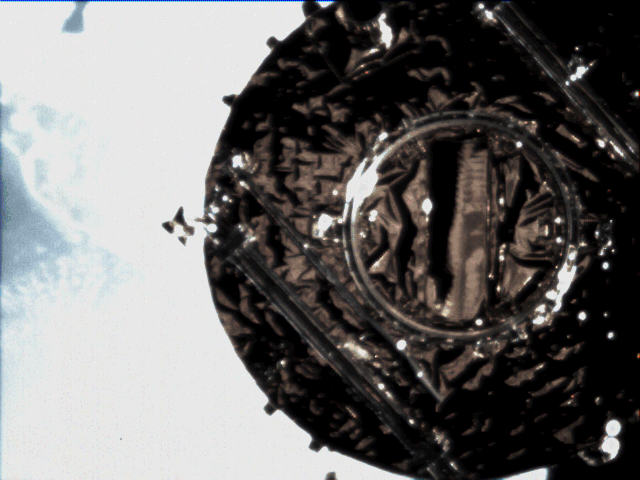
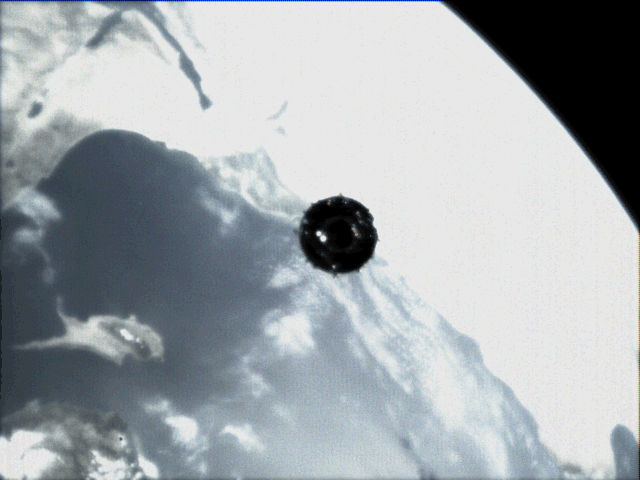 The XMM space telescope also has monitoring cameras installed. they are looking along the spacecraft towards the service module.
The XMM space telescope also has monitoring cameras installed. they are looking along the spacecraft towards the service module.
They are aimed in this direction as their purpose was to allow the flight control team to check the unfolding of the spacecraft’s solar arrays.
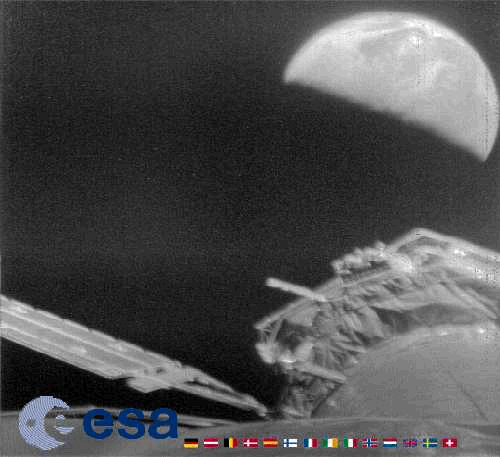
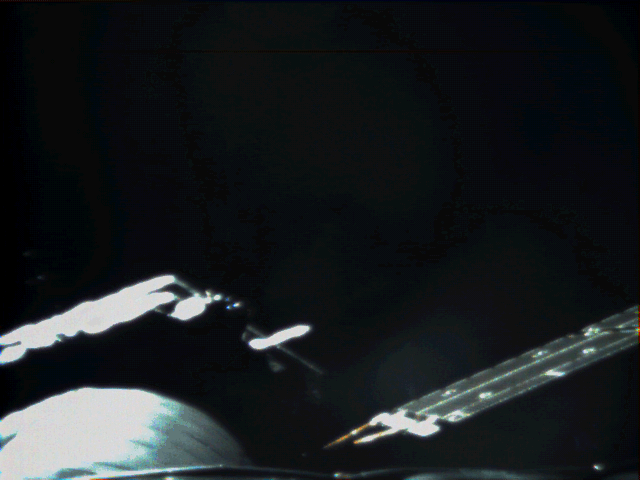 Sentinel 1a which was launched last year has cameras to check the deployment of both the solar panels and its long radar boom.
Sentinel 1a which was launched last year has cameras to check the deployment of both the solar panels and its long radar boom.
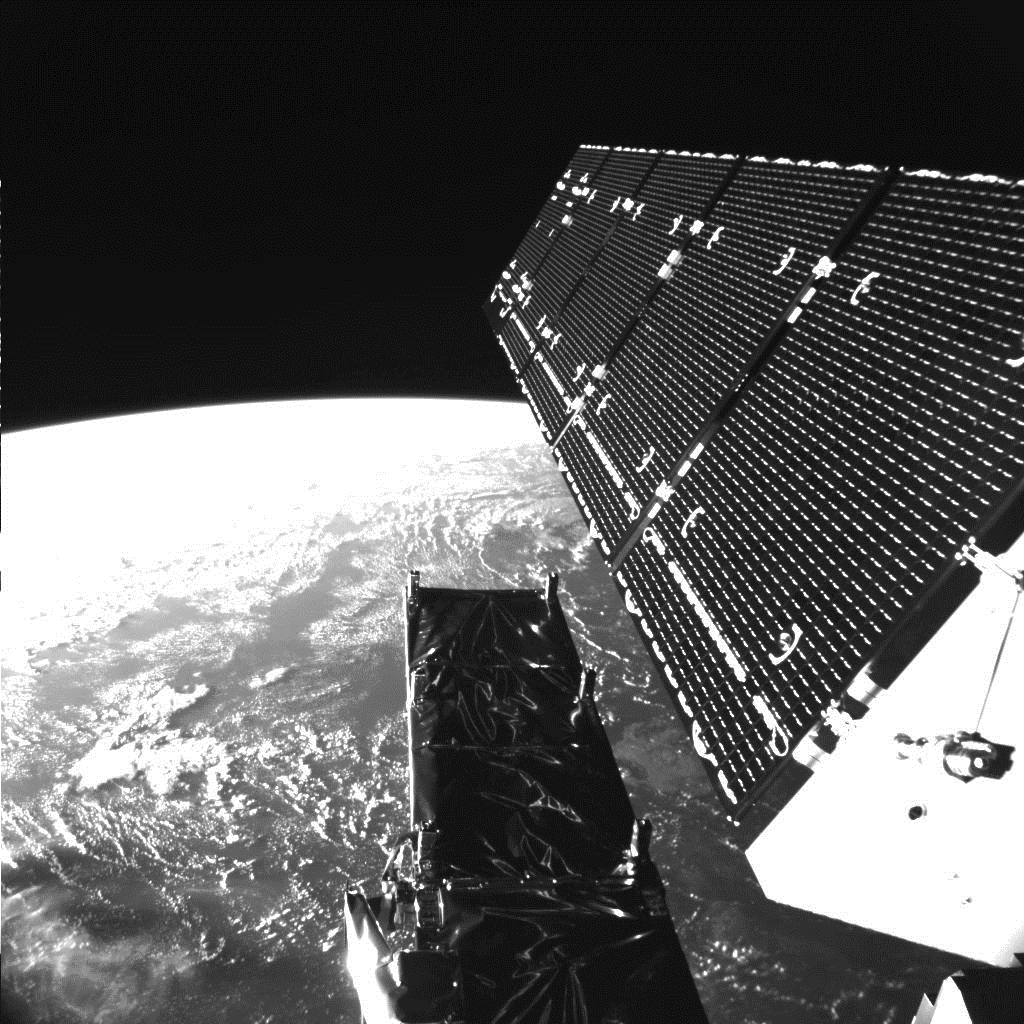 Finally, Whilst not a simple monitoring camera, Rosetta used its main science camera to image the Philae lander as it departed for the surface of 67P.
Finally, Whilst not a simple monitoring camera, Rosetta used its main science camera to image the Philae lander as it departed for the surface of 67P.
This was far more than just a good bye image from one spacecraft to another as this was able to show the lander team that Philae’s landing gear had unfolded correctly.
 — Simon Wood
— Simon Wood
Spacecraft Operations Engineer, Mars Express

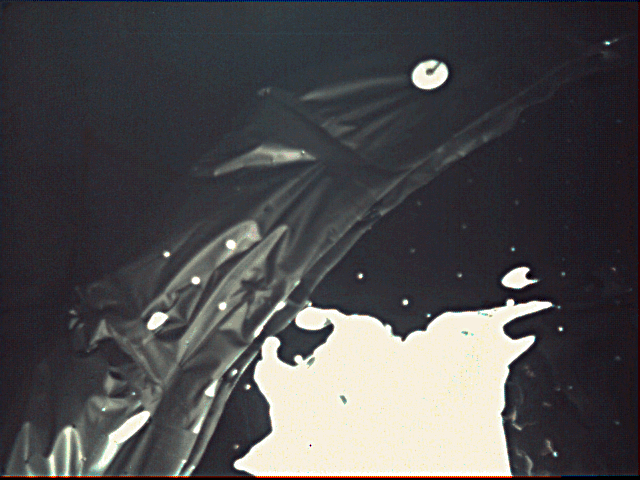


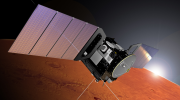

Discussion: 4 comments
The VMC looks kinda sorta like a Mallincam. Is it a modified commercial camera or a special-built one? Just curious!
it was made by a Belgian company called OPI systems who make cameras specifically designed for use in spacecraft.
https://www.oip.be/en/detail_59.aspx
the detector was made by IMEC.
Are these cameras themselves motor-driven, i.e can they be moved around to see different parts of the mission critical systems and in different directions as well as zoom in and out or are they just kind of single-purpose? On the other hand, if you mention e.g. solar panels: are those not fitted on several sides of a spaceship? In other words would I not need e.g. four or more cameras to keep track of most vital “outboard” systems?
The link here doesnt mention the VMC as one of Mars Express Instruments. https://www.esa.int/Our_Activities/Space_Science/Mars_Express/Mars_Express_instruments.
VMC on Venus Express stands for Venus Montoring Camera. Was there an equivelent to Venus Monitoring Camera on Mars Express? What was its name? Is it also called VMC?